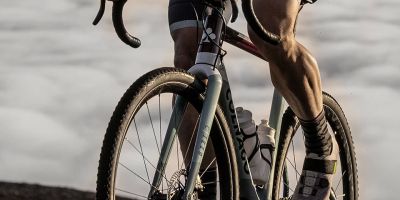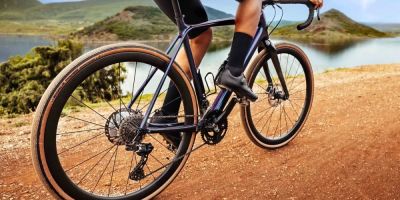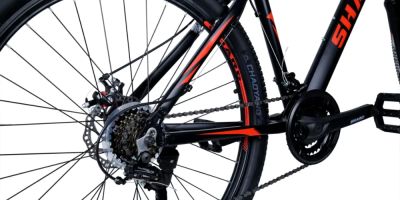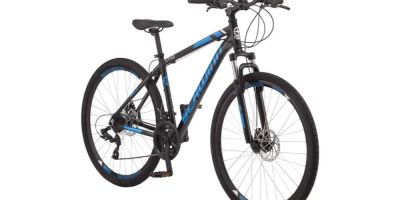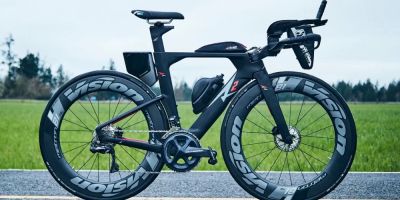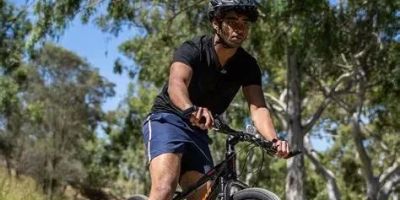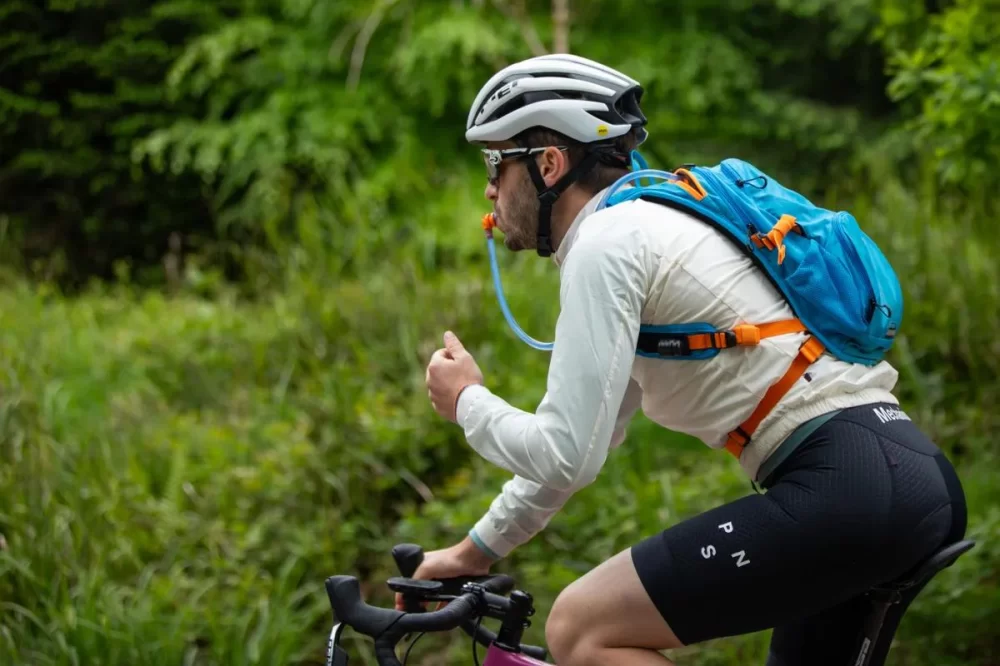
How to Stay Hydrated While Cycling: Essential Tips and Practical Advice
Cycling is one of the most exhilarating and rewarding ways to stay active. Whether you're pedaling through scenic trails or pushing yourself through intense races, one crucial factor that often gets overlooked is hydration. As a cyclist, staying properly hydrated can make all the difference in your performance and recovery. In this guide, I’ll share my experience and provide you with practical tips on how to stay hydrated while cycling, ensuring you stay fueled, energized, and focused during every ride.
The Importance of Hydration for Cyclists
Before diving into the how-to of hydration, let’s first understand why it’s so important. Hydration isn't just about quenching your thirst—it’s about maintaining your body’s fluid balance, regulating body temperature, and ensuring your muscles can perform at their best. When cycling, especially over long distances or in warm weather, your body loses a lot of fluids through sweat. If you’re not replenishing these lost fluids, you risk dehydration, which can lead to fatigue, cramps, dizziness, and even heatstroke.
From my personal experience, I've learned that even minor dehydration can drastically affect performance. I once participated in a local race where I didn’t drink enough water, and by the halfway point, I felt completely drained. My muscles started to tighten, and I couldn’t keep up with my usual pace. It was a tough lesson, but one that taught me the importance of staying hydrated at all times.
How Much Water Do You Need While Cycling?
The amount of water you need varies based on several factors, including the intensity of your ride, the temperature, your fitness level, and the duration of the ride. However, a general rule of thumb is to drink about 500ml to 1 liter of water for every hour of cycling. During longer rides, or when the temperature is particularly hot, you may need to increase this intake.
For me, I’ve found that aiming for 750ml of water every hour works well, but this can change depending on how much I’m sweating or the environmental conditions. The key is to drink regularly, even before you start feeling thirsty. Thirst is already a sign that your body is starting to dehydrate.
Best Drinks for Hydration While Cycling
Not all drinks are created equal when it comes to hydration. Water is the most essential fluid for hydration, but for longer rides or intense cycling, adding electrolytes can be a game-changer. Electrolytes—sodium, potassium, magnesium, and calcium—are minerals that help maintain fluid balance, muscle function, and prevent cramps.
Sports drinks are an excellent option for replenishing electrolytes, but not all of them are created equal. I’ve tried various options, and I personally prefer electrolyte tablets or powders that I can dissolve in my water bottle. These are often lower in sugar and give me the boost I need without the sugar crash later on. There are also hydration drinks that offer a combination of carbohydrates and electrolytes, which can be helpful for longer rides where you’re burning more energy.
During short to medium rides, plain water usually does the trick, but for longer rides (over 2 hours), I’ll often mix a sports drink with water. This combination helps to replenish both fluids and energy, keeping me going longer without feeling sluggish.
How to Stay Hydrated During Long Rides
When you're out on a long ride, it’s easy to forget to drink, especially if you’re focusing on the road or pushing yourself hard. However, hydration should be a priority from the start. Here are a few tips that work for me:
- Set a drinking schedule: I like to set a reminder on my cycling computer or phone to drink every 15-20 minutes. This helps me stay on track and ensures I’m not waiting until I feel thirsty.
- Use multiple water bottles: Having more than one bottle allows you to carry enough fluid for the entire ride without needing to stop at every rest area. I keep one bottle filled with plain water and the other with an electrolyte solution.
- Stay cool: On hot days, staying cool is just as important as drinking water. I’ve found that wearing moisture-wicking clothing and taking brief breaks in the shade can help reduce my fluid loss.
- Watch your diet: I’ve learned that eating foods that are rich in water content, like fruits (watermelon, oranges) and vegetables (cucumbers, lettuce), also helps keep my hydration levels up.
- Don’t wait until you’re thirsty: Thirst is a late indicator that your body is already dehydrated. I try to drink small sips consistently rather than gulping large amounts all at once.
How to Recognize the Signs of Dehydration
Sometimes, even with all the hydration tips, we may still find ourselves on the brink of dehydration. Knowing the signs of dehydration can help you prevent a bigger issue. Some common symptoms include:
- Dry mouth and throat
- Headache
- Fatigue or dizziness
- Muscle cramps or weakness
- Dark yellow urine
On a recent ride, I noticed that I was feeling unusually fatigued, and my muscles were cramping up. That’s when I realized I hadn’t been drinking enough water, and by the time I stopped for a break, I was feeling lightheaded. It was a wake-up call to never underestimate the importance of staying hydrated during any cycling trip.
Hydration Strategies for Different Types of Cycling
Different types of cycling require different hydration strategies. Here's what works for me across various types of cycling:
- Road Cycling: Road cyclists, especially those doing long-distance rides, need to hydrate consistently. I’ve found that carrying a hydration pack or two water bottles is essential for staying hydrated during long training sessions or races.
- Mountain Biking: Mountain bikers often ride in more extreme conditions, so staying hydrated is crucial. I like to take a hydration pack when mountain biking as it’s easier to drink while navigating rugged terrain.
- Indoor Cycling: Even indoor cyclists can become dehydrated, especially if the room is hot and the ride is intense. I keep a water bottle within reach and try to hydrate before and during my session.
Regardless of the type of cycling, staying hydrated is non-negotiable. Your body needs to stay fueled to perform at its best and avoid exhaustion or cramping.
In conclusion, hydration is a critical factor for cycling performance, and it’s something that should be taken seriously. By drinking regularly, choosing the right fluids, and understanding your body’s needs, you can ride longer, feel better, and recover faster. Stay hydrated and enjoy the ride!

